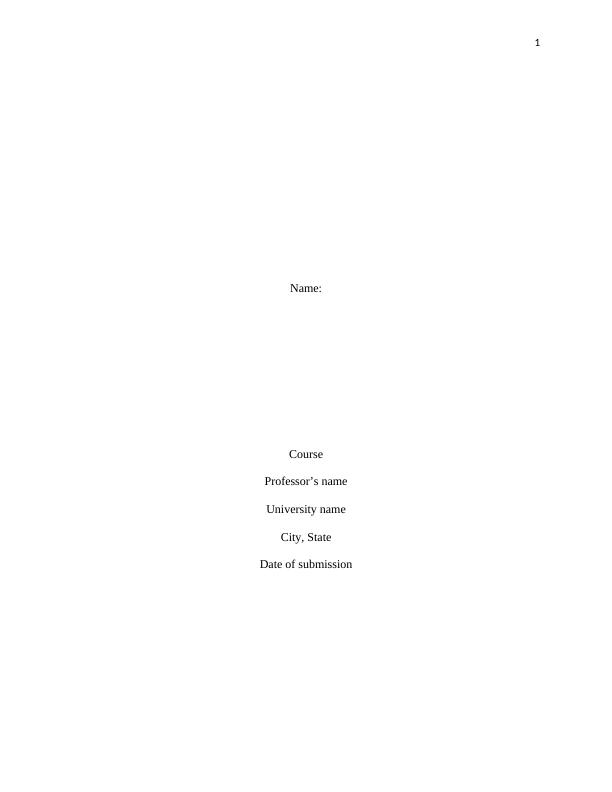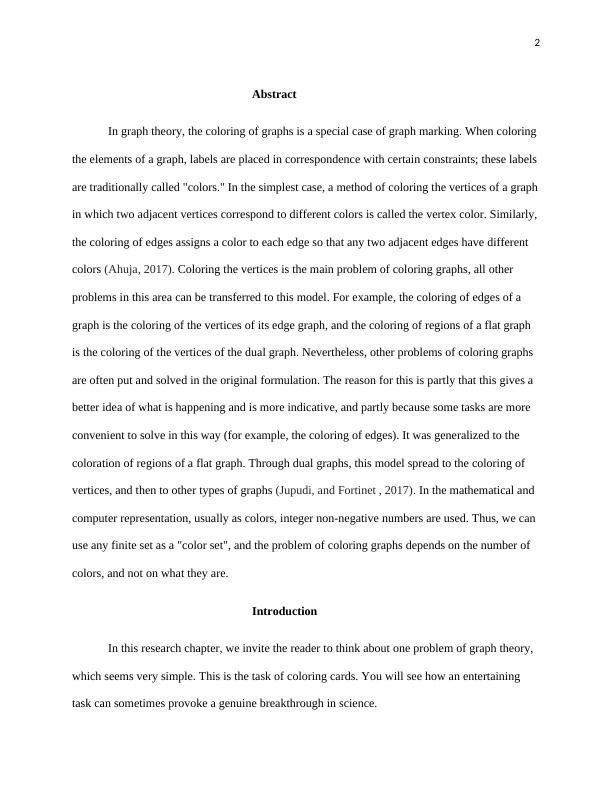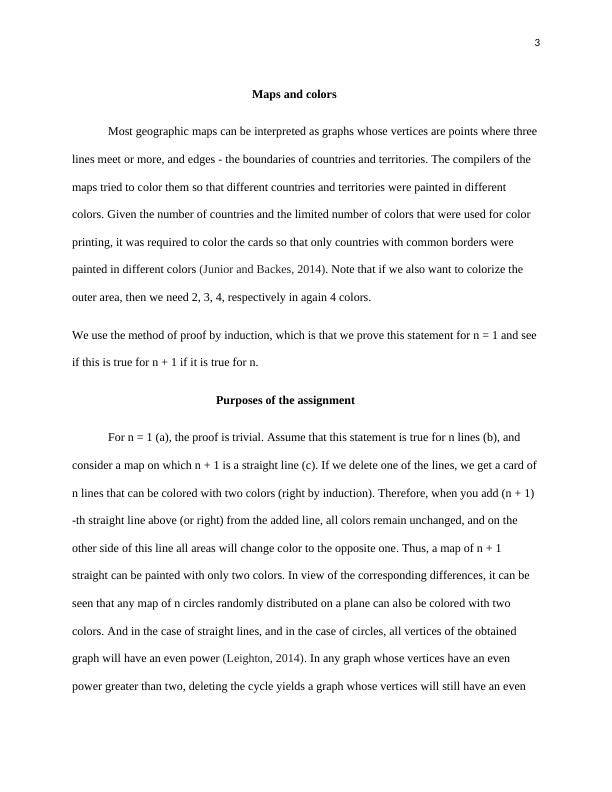Graph Coloring: A Breakthrough in Science
Students are required to propose a research project by conducting an extensive literature review and identifying gaps. The project proposal should clearly define the research problem, justify the need for a research project, and set deliverables and deadlines. The specific project described is about developing new algorithms for finding the maximum number of happy vertices in certain families of graphs.
Added on 2023-06-09
About This Document
Graph Coloring: A Breakthrough in Science
Students are required to propose a research project by conducting an extensive literature review and identifying gaps. The project proposal should clearly define the research problem, justify the need for a research project, and set deliverables and deadlines. The specific project described is about developing new algorithms for finding the maximum number of happy vertices in certain families of graphs.
Added on 2023-06-09
End of preview
Want to access all the pages? Upload your documents or become a member.



